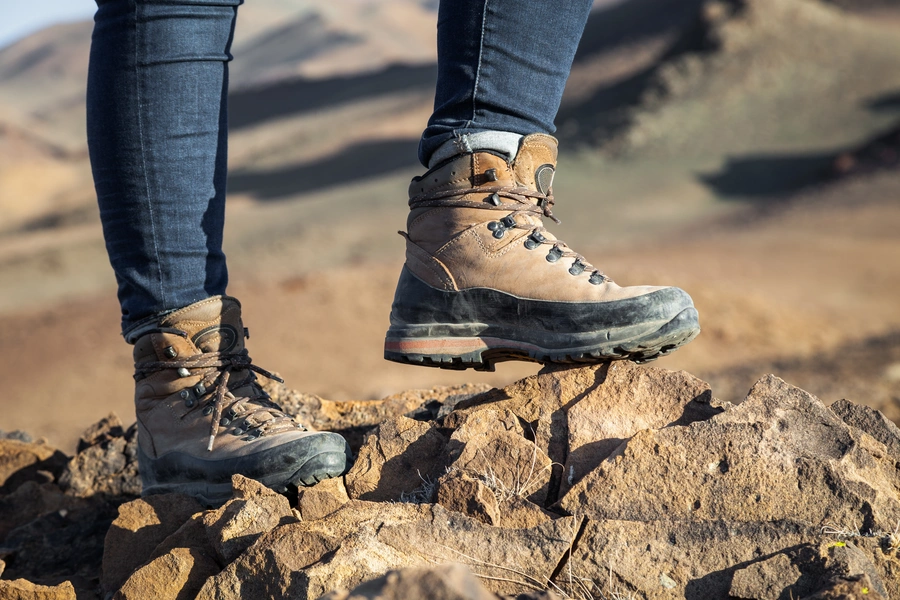For avid hikers, finding the right pair of boots is crucial for enjoying the great outdoors. But even the best boots need to be broken in to ensure they provide comfort and support on your adventures.
Gradual Break-In Process
Breaking in new hiking boots requires patience. Rushing the process by attempting shortcuts such as soaking them in warm water can harm the boots and will not properly mould them to your feet. It is best to allow the breaking-in process to occur gradually and naturally.
Start by wearing your boots indoors while performing everyday tasks. This could include household chores, which will help the boots start to flex and soften without subjecting them to outdoor elements. This phase is also an excellent time to check for any discomfort or sizing issues since unworn boots can usually be returned or exchanged if they haven’t been taken outdoors.
Testing the Fit with Your Hiking Socks
When breaking in your boots, wear the socks you plan to hike in. This will help you determine if you need thinner or thicker socks to achieve the perfect fit. The boots should be snug but not tight, offering a balance that holds your foot securely without restricting circulation or causing discomfort.
Leather Boots Require More Time
If your hiking boots are made from leather, expect a longer break-in period. Leather is a robust material that takes more time to conform to the contours of your feet. Allow ample time to soften them before starting any long hikes.
Short Local Walks
Once your boots feel comfortable indoors, take them for short outdoor walks to see how they handle different terrains and slight inclines. These initial outings might include walking the dog or a brief hike in a local park. Such tests help you adjust to the feel of the boots in a real-world setting without venturing too far from home.
Graduating to Longer Hikes
Progress from short walks to more extensive walks across different landscapes. Carrying a backpack on these excursions will replicate the extra weight and stress you’ll encounter during real hiking adventures. Be mindful of any discomfort, and address any chafing or discomfort promptly—these may indicate the necessity for additional modifications.
Adjusting Fit on the Go
If you experience any discomfort, you may want to try out various lacing techniques or opt for thinner socks. These minor adjustments can have a notable impact on both the comfort and fit of your footwear.
Preparing Your Feet
It’s not just your boots that need preparing—it’s your feet as well. Frequent, shorter walks will toughen up your feet. Always stop to address any hot spots, which are precursors to blisters. Before and after hikes, consider rolling your feet on a massage ball to relieve tension and improve circulation.
Preventing Blisters
To combat blisters, keep your feet dry and protected. Carry an extra pair of socks to change into during long hikes, especially if your feet tend to sweat or if wet conditions prevail. Consider using gaiters to prevent water from entering your boots and apply blister plasters or Vaseline on known problem areas as preventive measures.
By following these steps, you can ensure your hiking boots are well-fitted and comfortable, letting you tackle any trail with confidence and ease.

